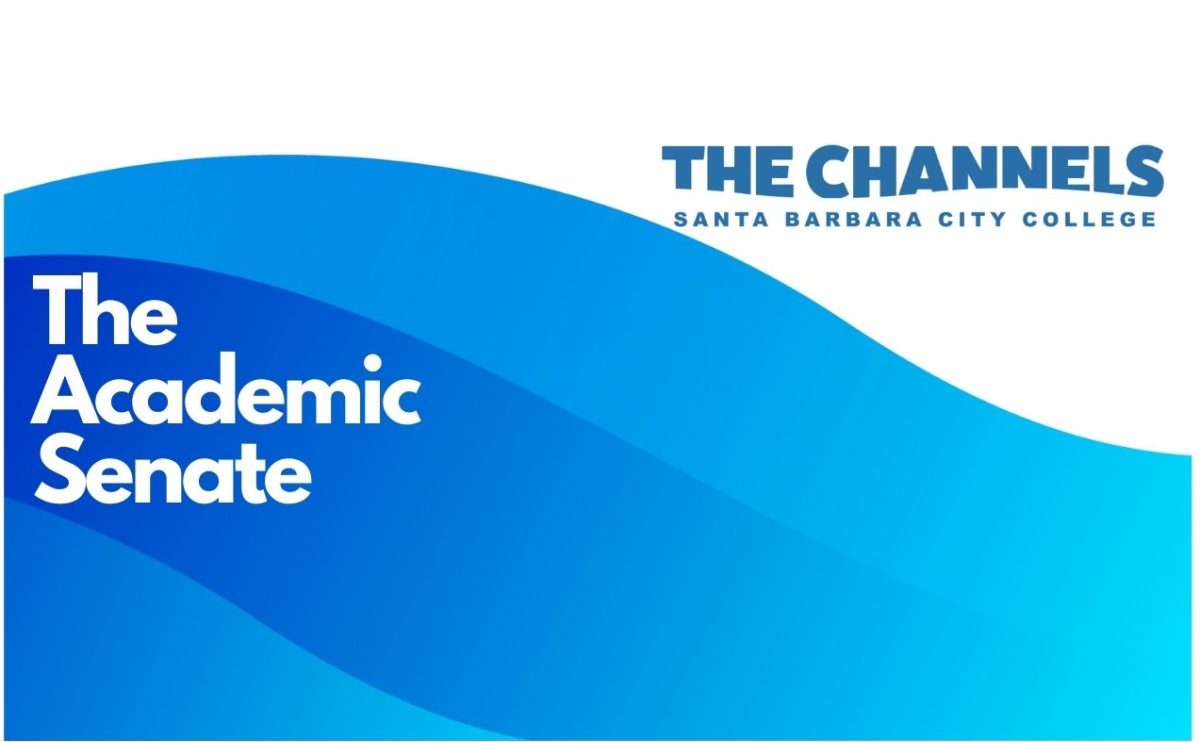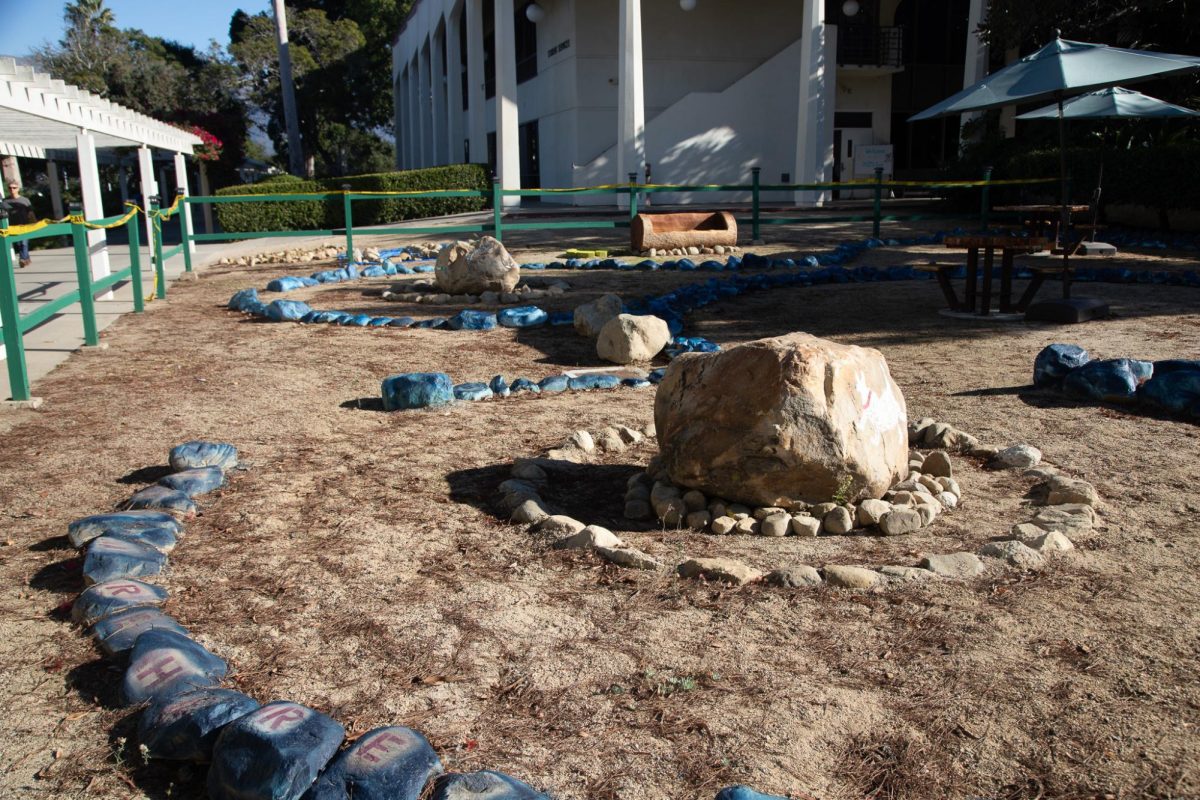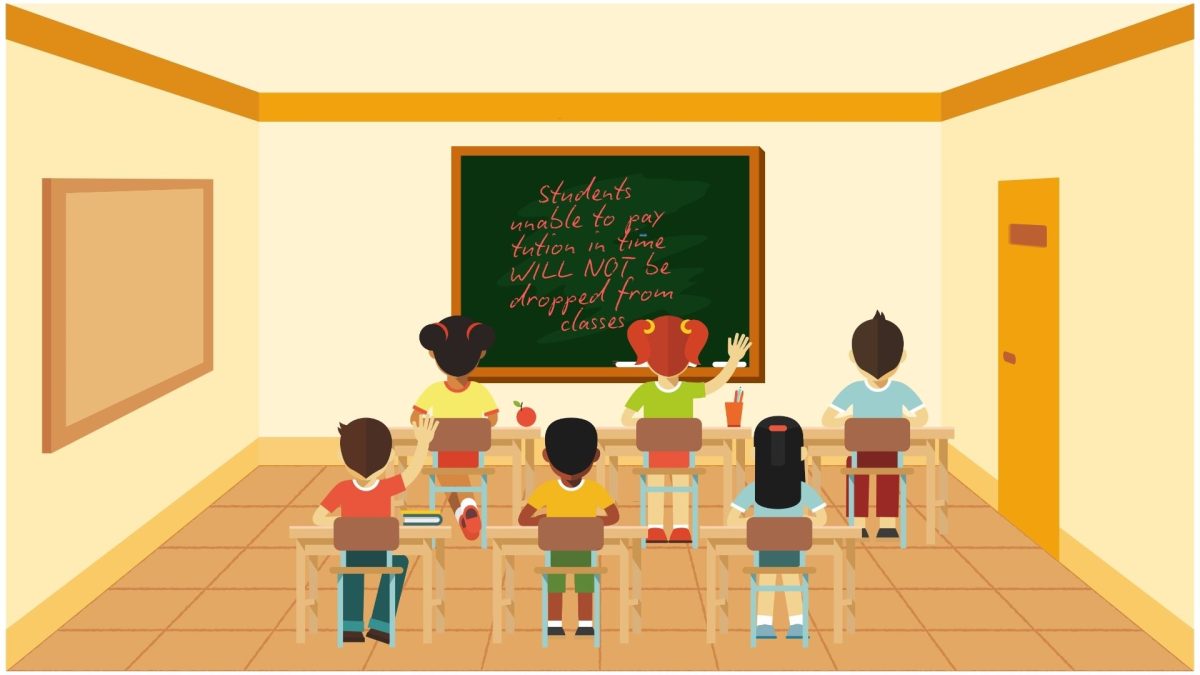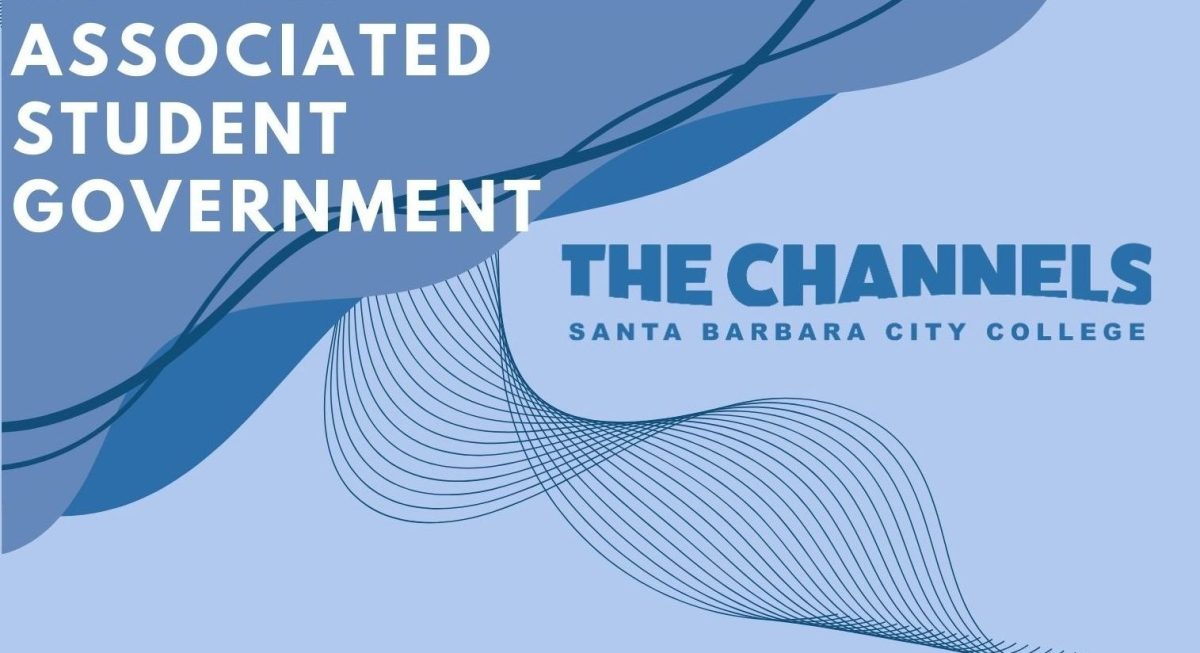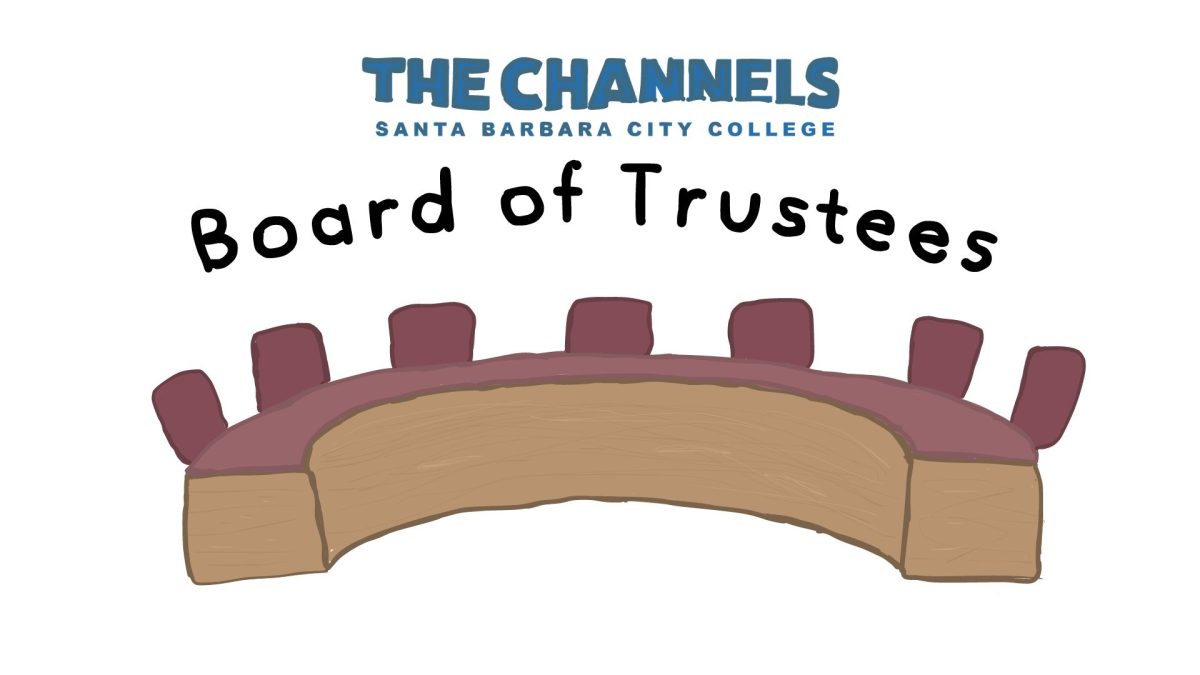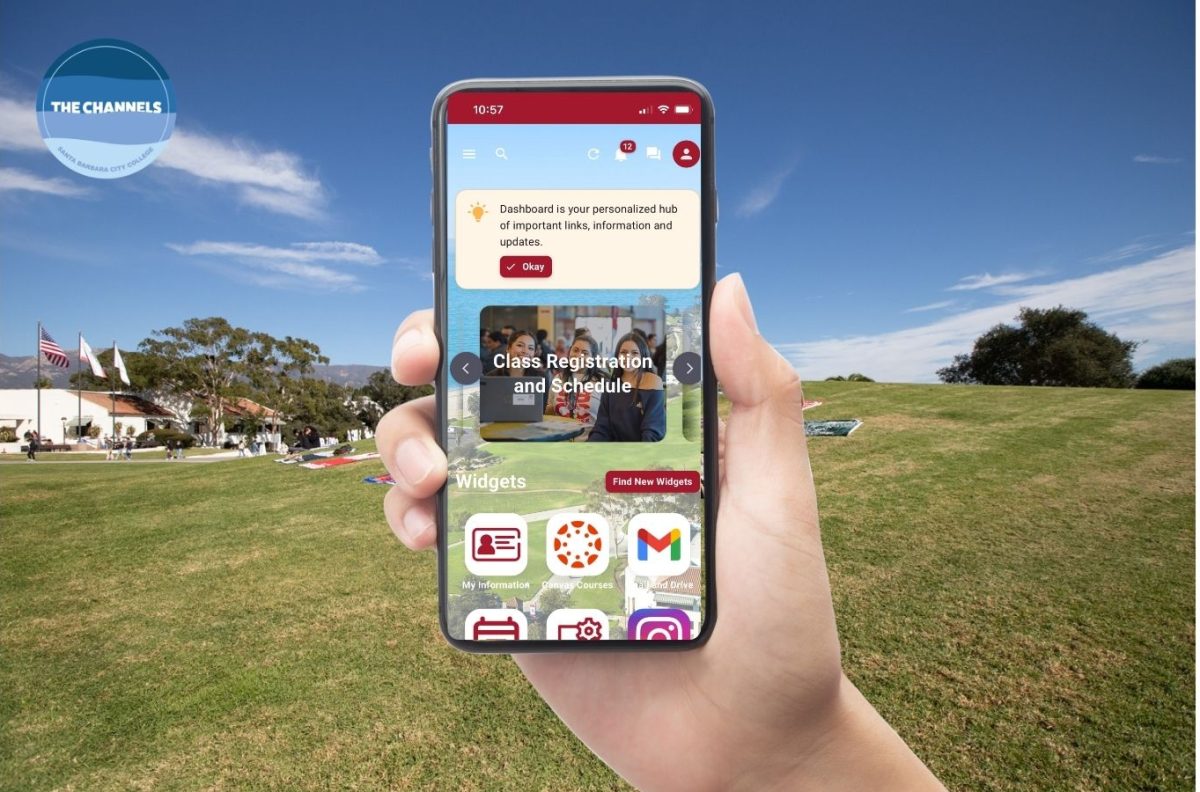City College students can rest assured that their bus service to campus will not be negatively impacted by the continued decline in the Metropolitan Transit District’s ridership.
City College ridership has dropped from about 1.183 million riders in 2013 to 704,977 in 2017. Part of this is due to the college’s similarly large decline in enrollment. Between the beginning of the 14-15 school year and the end of the 16-17 school year, enrollment decreased from 17,713 students to 13,996.
“The best way to have a bus route going is to have a lot of people take it. We have not made any service cuts to Lines 4, 5, 15x, 16, or 17,” said Hillary Blackerby, the Santa Barbara Metropolitan Transit District’s marketing manage.
“The combination of SBCC and UCSB students make up about 30 percent of our ridership. It’s a big market for us.”
Some lines for City College have even had an increase in service. Line 15x, which travels between City College and Isla Vista had an increase in service this August. 15x went through a 25 percent decrease in ridership between fiscal year 2015-16 and 2016-17.
Since 2013, overall ridership has fallen 17.3 percent, according to the Santa Barbara Metropolitan Transit District’s annual report. This has led to a decrease in total fare revenue for the transit agency of 10.1 percent, to $7.26 million.
Both the decline in City College student enrollment and the decline in Metropolitan Transit District student bus ridership is consistent with national trends. Since last spring, community college enrollment dropped 4 percent across the United States, according to a report by the National Student Clearinghouse Research Center.
The Metropolitan Transit District annual report says that between 2013 and 2016, U.S. bus ridership decreased from 5,340,566,900 rides to 4,925,927,000.
“It’s quicker and it’s more efficient to take the bus, personally. I live close enough to take the bus, but I would probably have to get up earlier,” said David Azam, Radiology Major.
“I have considered [the environmental impact of driving a car versus taking a bus.]”
There are a significant number of administrators, faculty, and staff who utilize modes of transportation other than the bus.
“I am really proud that we push alternative transportation for all our staff and employees. We have a really solid number who do so, including the Vice President of Student Services who often commutes to SBCC on her bike and many of our managers who carpool and bike,” stated Reyes-Martin.
“While I do take the bus to run errands and other things, I don’t take the bus to SBCC, unfortunately – I drop off and pick up my child at very specific times at a full-time daycare, and the bus schedules are not frequent enough for me to do that by bus.”


